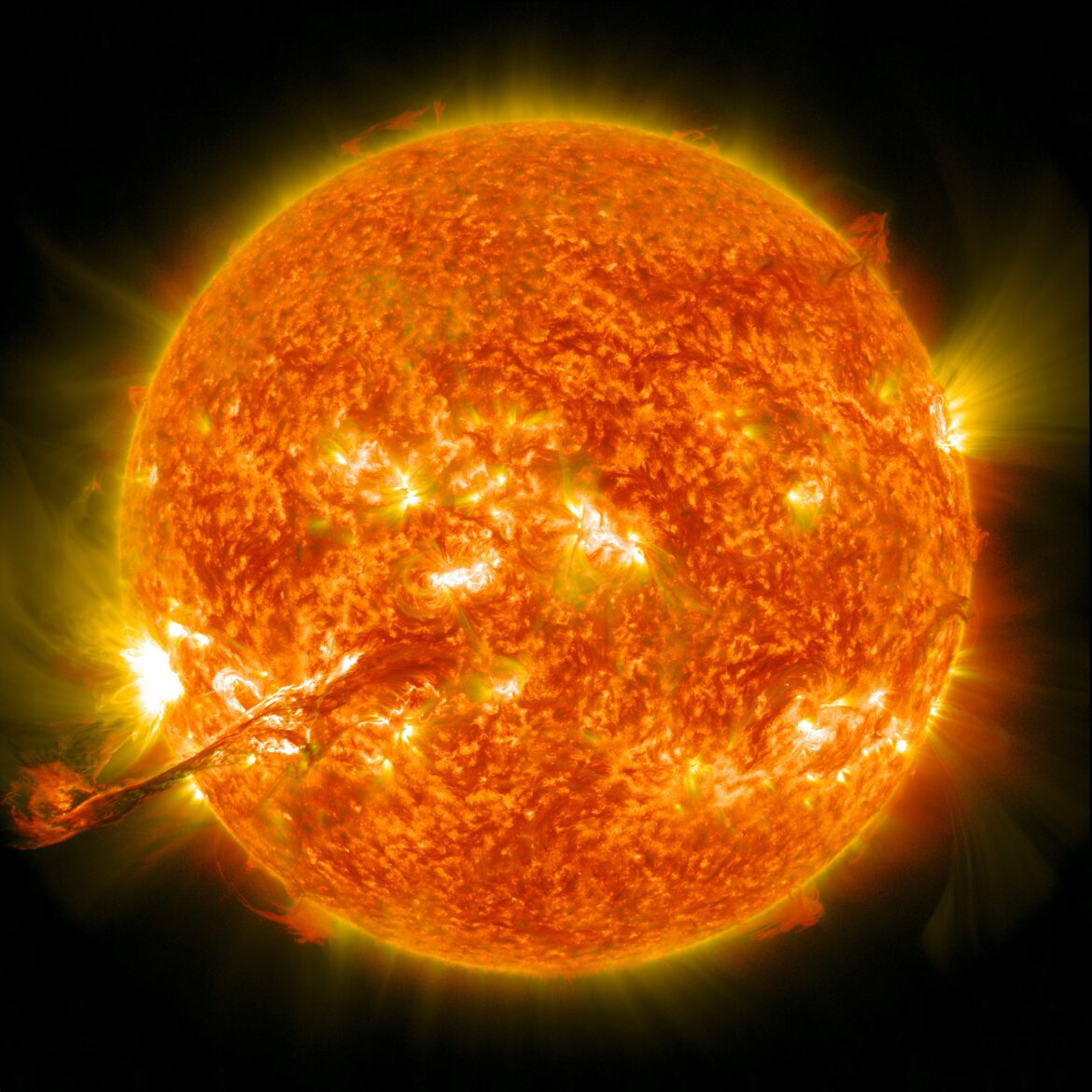The spacecraft is to eventually be put in a halo orbit around the Lagrange Point 1 (L1) in the Sun-Earth system. Th L1 point is situated at about one per cent of the distance between the Earth and the Sun
ISRO (Indian Space Research Organisation) is preparing to take a big step in its Aditya-L1 solar mission. On Saturday (January 6) it will carry out a key manoeuvre to put the spacecraft in its final destination orbit, which is 1.5 million kilometres from Earth. Aditya-L1 is India’s first space-based telescope which will study the Sun.
The spacecraft is to eventually be put in a halo orbit around the Lagrange Point 1 (L1) in the Sun-Earth system. Th L1 point is placed at about one per cent of the distance between the Earth and the Sun.
“This move (at around 4 pm on Saturday) will bind the Aditya-L1 to a halo orbit around L1. If we don’t do this, there is a chance that it will continue its journey, maybe towards the Sun,” an ISRO official was quoted as saying by the Press Trust of India.
Aditya-L1’s placement around the L1 point will give it a major advantage as from that point, it will be able to constantly observe the Sun without any occultation or eclipses causing impediments. This in turn would allow observation of solar activities and its effect on space as well as Earth in real time.
Aditya-L1 was launched on September 2 last year from Satish Dhawan Space Centre (SDSC) in India using ISRO’s Polar Satellite Launch Vehicle (PSLV-C57).
The spacecraft escaped Earth’s area of influence and then headed for the L1 point.
“Using the special vantage point L1, four payloads directly view the Sun and the remaining three payloads carry out in-situ studies of particles and fields at the Lagrange point L1, thus providing important scientific studies of the propagatory effect of solar dynamics in the interplanetary medium,” said ISRO.
Some goals of Aditya-L1 mission:
- It will study chromospheric and coronal heating and also physics of the partially ionized plasma, start of the coronal mass ejections, and flares.
- Aditya-L1 will make observations on in-situ particle and plasma environment. It will provide data for the study of particle motion of the Sun.
- It will study diagnostics of the coronal and coronal loop’s plasma



